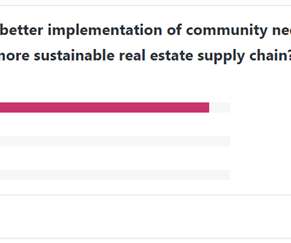Learning innovation from haute cuisine chefs
Norbert Bol
JUNE 12, 2016
How do we learn to innovate and become successful entrepreneurs? In the August 2016 edition of the Journal of Business Research there is an interesting article (Abecassis-Moedas, et al., 2016) that shows how top haute cuisine chefs innovate and are successful. Top haute cuisine chefs learn to innovate by vicarious learning.















Let's personalize your content